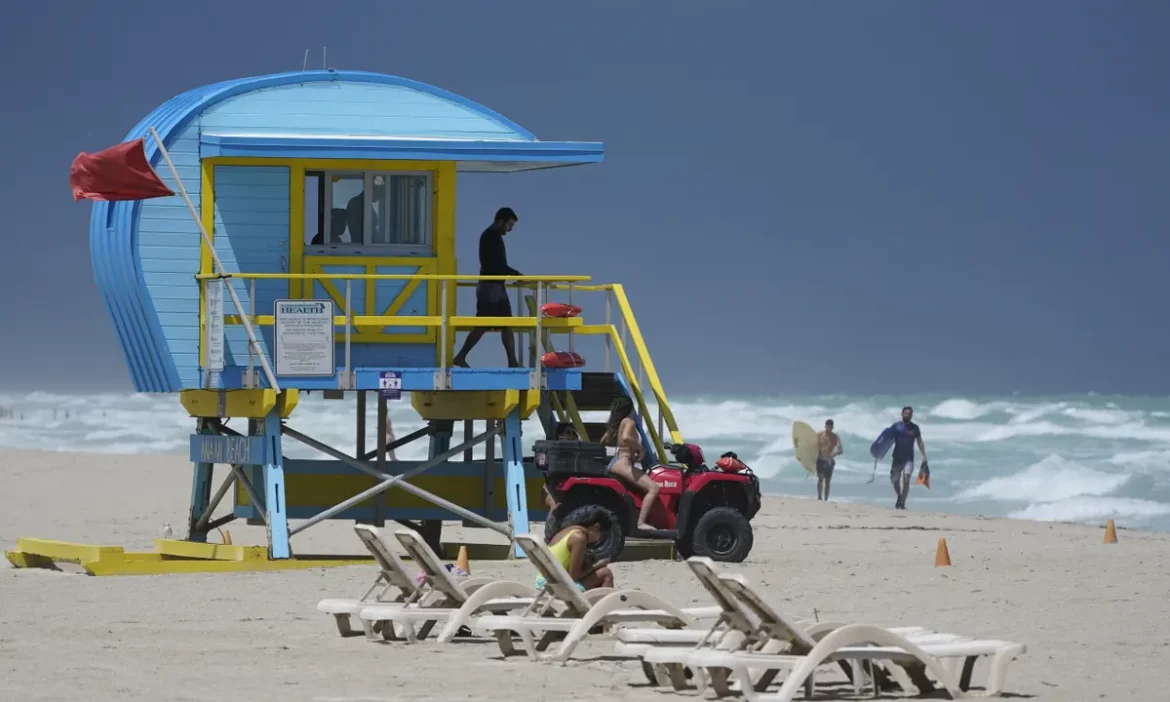A new analysis has shown that Coastal cities in the southern US, including Miami, Houston and New Orleans, are in even greater peril from sea-level rise than scientists already feared.
One study suggests that what experts are calling a dramatic surge in ocean levels has taken place along the US south-eastern and Gulf of Mexico coastline since 2010, an increase of almost 5in (12.7cm).
The National Oceanic and Atmospheric Administration (Noaa) said that “burst”, more than double the global average of 0.17in (0.44cm) per year, is fueling ever more powerful cyclones, including Hurricane Ian, which struck Florida in September and caused more than $113bn of damage – the state’s costliest natural disaster and the third most expensive storm in US history.
The University of Arizona study, published in the Journal of Climate and reported on Monday by the Washington Post, provides an alarming new assessment of a key ingredient of the escalating climate emergency, particularly in popular but vulnerable areas of the US where millions of people live.
Read also: Climate Change: WHO warns of increase in mosquito-borne diseases
Existing projections by Nasa show a sea-level rise up to 12in (30cm) by the middle of the century, with longer-range forecasts even more dire. The Gulf region from Texas to Florida, and the southern Atlantic seaboard will see most of the change.
“The entire south-east coast and the Gulf Coast are feeling the impact of the sea-level rise acceleration,” the study’s author Jianjun Yin, professor of geosciences at the University of Arizona,”. “It turns out that the water level associated with Hurricane Ian was the highest on record due to the combined effect of sea-level rise and storm surge.”
The threat from rising oceans hangs over numerous centres of heavy population located on, or close to the coast. Miami, and Miami Beach, cities often cited as ground zero for the climate emergency, frequently see flooding during high tides. Property insurance rates throughout Florida, which Noaa says has experienced more than 40% of all US hurricane strikes, have soared in recent years.
The two most expensive hurricanes in US history, Katrina in 2005 and Harvey in 2017 ravaged New Orleans, Louisiana, and Houston, Texas, respectively.
Story was adapted from the Guardian.
